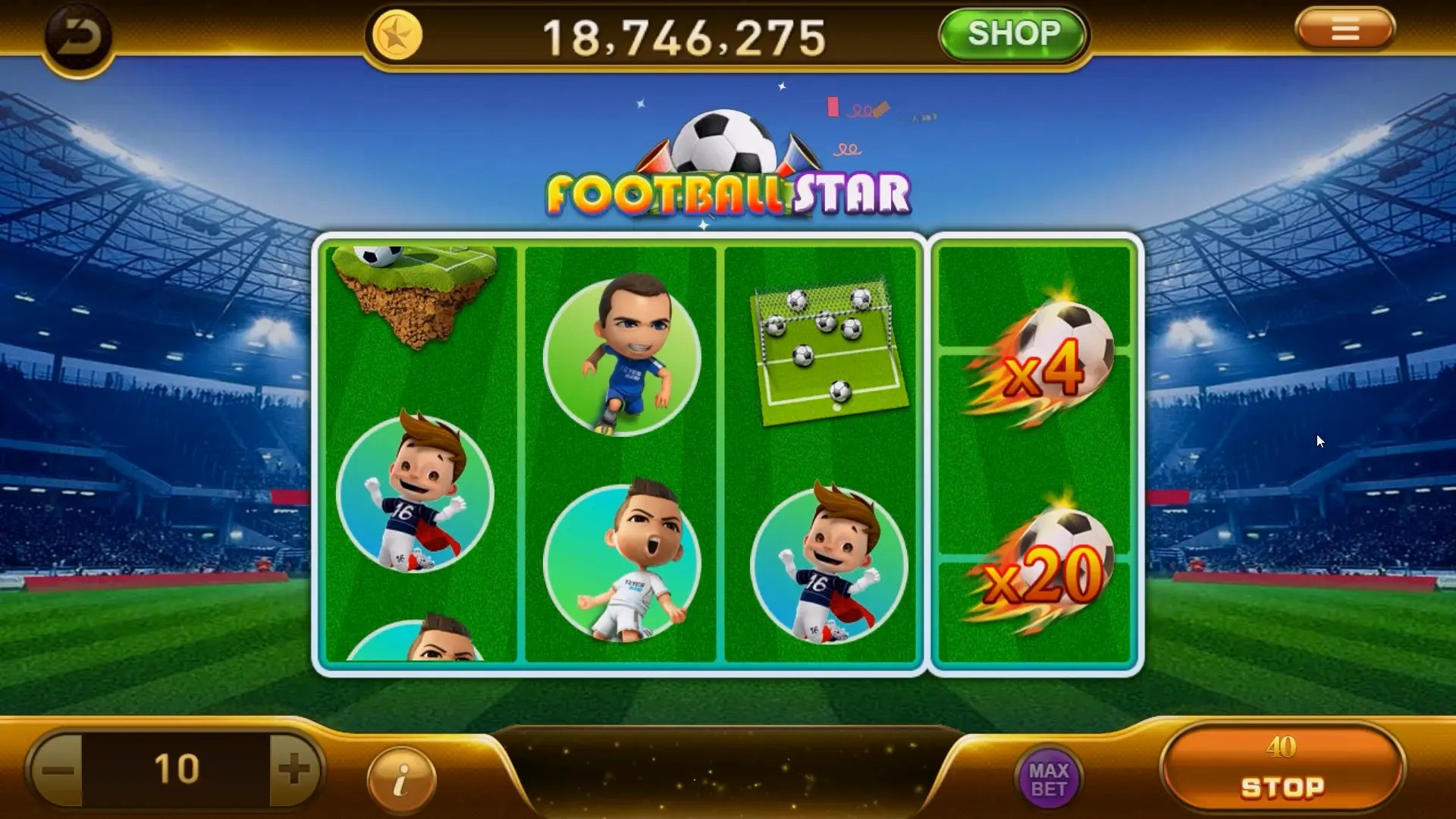From Strategy Depth to Quick Fun: How Hyper Casual Games are Transforming the Gaming Landscape
In the ever-evolving gaming world, strategy games have long been viewed as intricate and deep experiences that demand significant investment from players. However, a new player has emerged, shaking up the industry: hyper casual games. These simple yet addictive titles offer players quick bursts of enjoyment, transforming not only how games are played but also how they are perceived. This article delves into the ways hyper casual games are reshaping the gaming landscape, providing pertinent insights especially for the Canadian gaming audience.
The Rise of Hyper Casual Games
Hyper casual games have taken the world by storm. Their skyrocketing popularity is attributed to their accessibility and ability to be played in short sessions. Titles like Helix Jump and Flappy Bird are prime examples of how minimalistic designs paired with simple mechanics can captivate millions. Unlike traditional strategy games or even first-person story-driven 3D games, they require little to no learning curve.
Understanding the Appeal
- Instant Gratification: The quick gameplay provides a dopamine rush, making players come back for more.
- Low Commitment: Players can jump in and out without the heavy time investment typical of traditional strategy games.
- Cross-Platform Accessibility: These games are often available on both mobile and web, widening their reach.
The Shift in Game Development
With the rise of hyper casual gaming, developers are modifying their approach. There's a shift towards creating engaging experiences without the burden of complex storytelling or detailed graphics found in AAA titles. Instead of focusing on deep lore and in-depth strategy, developers prioritize building mechanics that allow players to engage with the game rapidly.
Hyper Casual Games vs. Traditional Strategy Games
| Feature | Hyper Casual Games | Traditional Strategy Games |
|---|---|---|
| Complexity | Low | High |
| Play Duration | Short | Long |
| Investment Needed | Minimal | Significant |
| Target Audience | Causal Gamers | Dedicated Strategy Players |
What Makes a Game Hyper Casual?
Creating a hyper casual game hinges on several key elements:
- Simplicity of Gameplay: The mechanics should be easy to grasp quickly.
- Engaging Graphics: While not sophisticated, the visuals should be appealing and inviting.
- Short Play Sessions: Players should be able to enjoy a completed session in just a few minutes.
The Implications for Game Monetization
Monetizing hyper casual games differs drastically from traditional titles. The ad-based revenue model is prevalent, allowing players to access games for free while generating income through ads. This model caters perfectly to the fast-paced nature of hyper casual games.
Market Trends: Where Are We Heading?
The trajectory for hyper casual gaming indicates sustained growth. Reports suggest that the market is expanding as more developers recognize the potential audience. The key trends emerging include:
- Increased Investment: More studios are focusing on hyper casual games as a viable revenue source.
- Innovation in Mechanics: New gameplay styles are constantly emerging to sustain player interest.
The Role of Analytics in Game Development
Data analytics play a crucial role in shaping hyper casual games. Developers use analytics to track player behavior, understanding what keeps them engaged and what causes them to churn. Such insights inform future game designs, ensuring that new releases align with player desires.
Navigating Community Feedback
Engagement with player communities is essential in this space. Developers who actively solicit and adapt to player feedback often see a better reception for their games. This feedback loop helps tweak existing mechanics and improve user experience.
The Future of Hyper Casual Games
As we move forward, the hyper casual genre is poised to evolve further, combining elements from both last war survival game strategy and classic arcade titles. The upcoming trends indicate a fusion of accessibility with deeper mechanics – making games that not only draw players in for a quick session but also keep them engaged over time.
Conclusion
The gaming landscape is undoubtedly undergoing significant transformations. Hyper casual games are carving out a new niche, contrasting sharply with the depth of traditional strategy games. They emphasize quick, engaging experiences, revolutionizing how players interact with gaming as a medium. For developers and players alike, the implications of this shift are profound – an opportunity to redefine the standard of enjoyment in the gaming industry. As hyper casual games continue to thrive, it's essential for stakeholders within the industry to adapt and innovate, ensuring that the gaming experience evolves in tandem with the changing appetites of gamers everywhere, especially in Canada.



